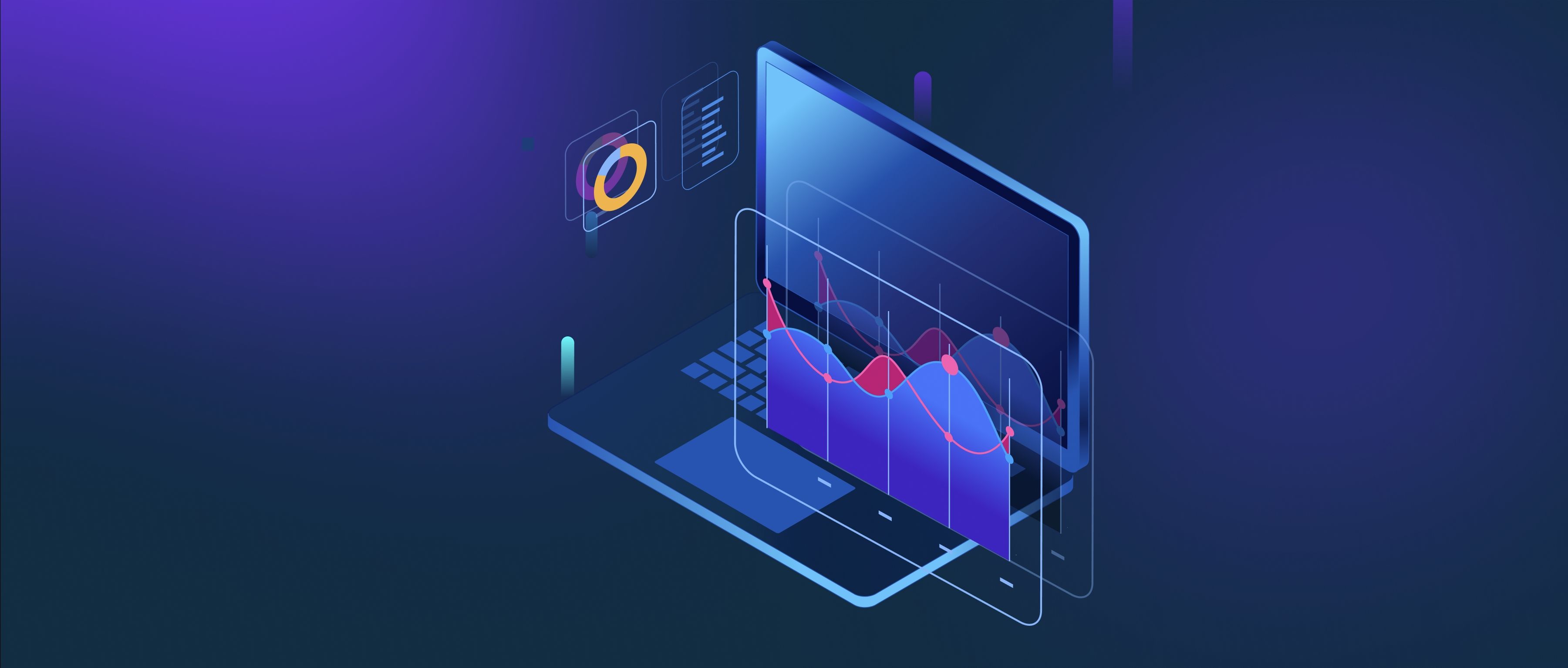When developing for virtual reality (VR), performance optimization is essential to ensure smooth and immersive experiences. One primary technique is optimizing frame rates. Achieving high frame rates (ideally above 90 FPS) is critical in VR to prevent motion sickness and ensure a comfortable user experience. Developers should focus on reducing the complexity of the scenes, which involves lowering the number of polygons in 3D models, using level of detail (LOD) techniques to swap in lower-polygon models as objects move further away, and employing efficient textures that consume less memory. Additionally, culling techniques, such as frustum and occlusion culling, can help eliminate objects not currently visible to the camera.
Another important technique is to optimize the rendering pipeline. This includes minimizing the number of draw calls, which can be costly in terms of performance. Developers can combine meshes and use texture atlases to reduce draw calls and improve rendering speeds. Using techniques like baked lighting instead of dynamic lighting can also greatly reduce the computational load, as baking pre-calculated light information into textures avoids the need for real-time calculations. Furthermore, developers should consider using single-pass stereo rendering when possible. This method allows the VR system to render both eyes in a single pass, effectively halving the workload compared to traditional techniques.
Finally, efficient management of assets and resources is key in VR performance optimization. Streamlining the application’s memory usage by loading only essential assets into memory and implementing strategies like asynchronous loading can prevent hitches during gameplay. Profiling tools specific to VR platforms can help identify bottlenecks, allowing developers to pinpoint and address performance issues. Lastly, be mindful of the user’s hardware capabilities and create scalable settings that allow users to strike a balance between visual fidelity and performance. By implementing these techniques, developers can create immersive and responsive VR applications.
